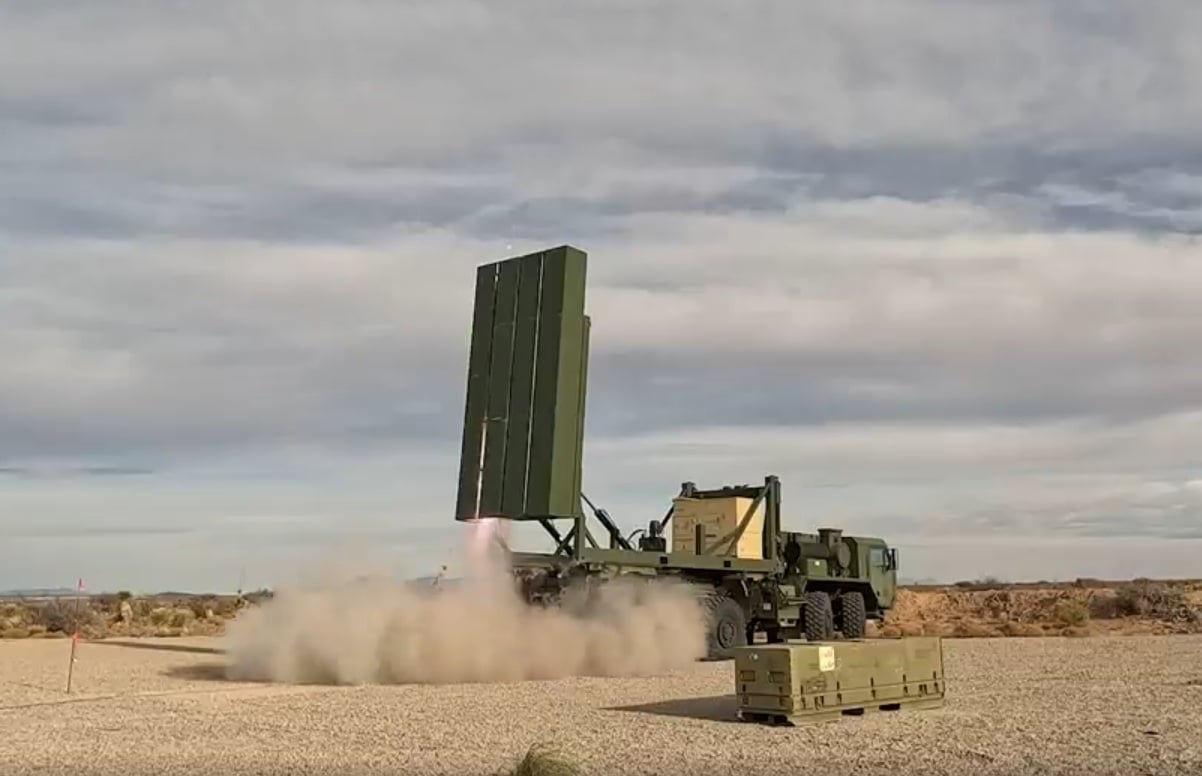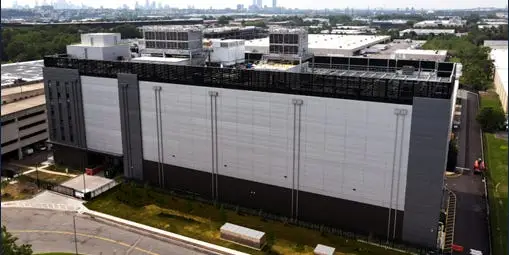Copyright defence-blog

Castelion, a U.S. defense startup developing affordable long-range weapons, announced Friday that it has secured integration contracts with both the U.S. Army and Navy for its new hypersonic strike system, known as Blackbeard. In a company statement, Castelion said it will collaborate with both services to integrate the Blackbeard weapon onto operational platforms and conduct live-fire demonstrations. These tests aim to evaluate the system’s performance and support the Pentagon’s efforts to accelerate deployment of cost-effective long-range conventional strike options. “These integration contracts validate that affordability and speed are critical to modern deterrence,” said Bryon Hargis, Castelion’s Chief Executive Officer. “Castelion leads the market designing for manufacturability and rapid iteration, enabling the Department of War to move faster from concept to capability.” Blackbeard is Castelion’s first operational hypersonic weapon, described as a long-range strike solution engineered for mass production. According to the company, the system incorporates vertically integrated propulsion and guidance technology to reduce costs while maintaining high performance. The company says its focus is on manufacturability and rapid fielding, aligning with current Department of War priorities for credible non-nuclear deterrence at scale. Castelion also noted that Blackbeard’s design philosophy centers on affordability and readiness. By streamlining development and reducing manufacturing timelines, the company aims to offer weapons systems that can be fielded more quickly than traditional hypersonic platforms. The announcement comes as the Department of War seeks to diversify its long-range strike portfolio in response to evolving threats and operational demands. The integration with Army and Navy assets marks a step toward validating Blackbeard’s use across multiple domains, potentially expanding options for conventional precision engagement. Castelion emphasized that it continues to work with both government and industry partners to refine its next-generation systems, focusing on improvements in affordability and deployment readiness. The company has not disclosed which specific Army or Navy platforms will be used for integration or when the live-fire demonstrations are scheduled to take place.
![PAK vs SA [WATCH]: Abdullah Shafique survives as bails stay intact despite ball hitting off-stump on Day 2 of Rawalpindi Test](https://d2731bbzmt3wpb.cloudfront.net/news/image/us-west-2:25d97050-7aa7-43a6-a623-8fb02e6af97e/20251022/045324a653f141588c6eb8e9afd4b31b.jpg)


